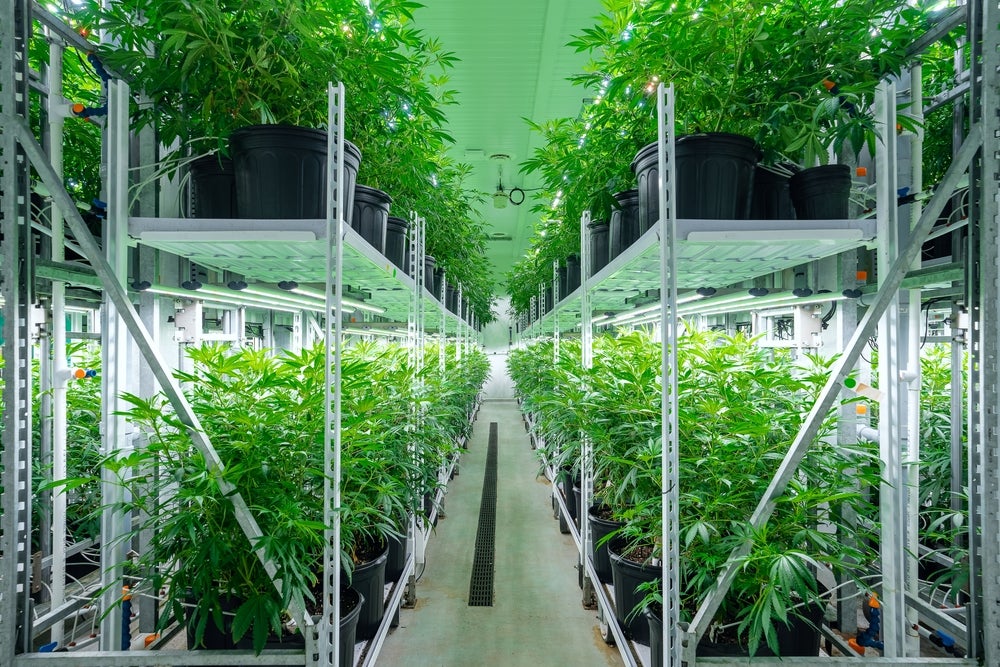Proper lighting is absolutely critical for rooting cannabis cuttings and ensuring successful clones. From initial root initiation to continued vegetative growth, managing photoperiods with the right light intensity optimizes results at every stage. By understanding light’s pivotal role in plant growth and development, growers can implement targeted light cycles that maximize cloning outcomes. Let’s examine how to leverage grow room lighting to boost cannabis cloning success.
Wavelengths for Cloning
Different wavelengths of light trigger specific responses in plants through photoreceptors like phytochromes and cryptochromes. For rooting cuttings, we want to focus on wavelengths that power photosynthesis and vegetative growth:
- Blue light (400-500nm) drives leafy growth via cryptochromes
- Red light (600-700nm) enables photosynthesis through phytochromes
Full spectrum white LEDs or combination of blue and red LEDs supply this complete color range ideal for cloning. Fluorescent lighting also works well. Avoid pure red or infrared lighting lacking blue light until after roots have formed.
Intensity & Distance
While any light enables photosynthesis, cuttings require lower intensity than mature plants to prevent moisture loss and stress. Maintain just 50-200 PPFD (photosynthetic photon flux density) at the top of cuttings.
Hang LED panels or fluorescent tubes 12-24 inches above clones. Raise lighting further away and gradually decrease height as cuttings establish. Use diffuse plastic sheeting to disperse intense light if needed.
24 Hours for Root Initiation
Offering 24 hour light is optimal for the first 7-14 days when roots are initiating. Extended photoperiods prompt abundant photosynthesis providing energy for new cell growth at the stem base where adventitious roots emerge.
Non-stop light also keeps leaf and shoot tips active and growing upwards seeking light. This balance of top and bottom activity focuses plant hormones and resources into regeneration.
Once small white roots appear from most cuttings after about 1-2 weeks, the 24 hour cycle can shift to 18 hours on/6 hours off for continued vegetative establishment.
18 Hours for Vegetative Growth
After clones have rooted, providing 18 hours of daily light fuels vigorous vegetative expansion. The contrast of 18 hour light periods and 6 hours darkness directs plants to concentrate energy and nutrients into leaves and branches.
At this stage, light intensity can be increased to 400-600 PPFD at canopy level. Keep lamp height steady and increase output via dimmers or more panels. Monitor that leaves do not curl or show stress. Ventilate to prevent excessive heat.
With strong roots supporting uptake, 18 hours of bright light powers rapid vegetative growth and prepares clones for transplanting or flowering.
Monitoring Light Requirements
There is no single ideal light cycle and intensity for cannabis cloning. It depends on factors like strain, lamp type, space, and ambient temperatures. Observe plants closely and adjust accordingly.
If leaves and cuttings appear weak and stretched, increase intensity or hours of light. Curling leaves and leaf scorching indicates too much light. Target just enough light to maintain active, healthy growth suited to their stage.
When in doubt, err on the lower side – insufficient light just slows growth, while too much can irreparably damage and terminate cuttings. Let plant responses guide you to the optimal light levels.
Proper lighting forms the catalyst for the entire cloning process from initiating cell division through rapid vegetative expansion. Manipulate photoperiods and intensity to provide just the right light at each stage. With dialed-in light cycles optimized for cloning, growers can achieve success rates consistently in the 90-100% range and bring out the full genetic potential of new cannabis plants!
Click here to learn about Cannabis facts and Effects!. For practical tips and advice on Cannabis Clones, check out our posts on How Much Cannabis Can I legally Carry In Canada, From Clone to Harvest: 5 Essential Growing Tips for New Home Cannabis Clone Cultivators in Canada, and From Clone to Harvest: Understanding The Journey of Cannabis.













